How to Preserve Foods & Combat Coming Food Shortages

With global food shortages coming and the whole situation in the world, having a way to preserve your own food is important. It’s great to buy cans and stock up, but there are also ways to preserve food, even our own produce.
I’ll go through the list of the best ways to preserve food for people who just started prepping and are unsure about what to do.
Freeze drying
This is the best way to preserve food, but probably the most expensive. Freeze-dried fruit lasts indefinitely if stored correctly. But, in the UK, a freeze dryer costs £3,600 pounds (about $5,000). It’s a ridiculous amount of money.
I said to my husband that if I ever have the money to buy, I’ll make a business selling freeze-dried food because freeze-dried food is ridiculously expensive and prices are going up.
Dehydrating food
The next best thing is drying your food in a dehydrator or in your oven at a slow temperature. For example, here I blanched broccoli and then dried it at a low temperature for 8-10 hours. It can sit in this jar for a year or so with the oxygen absorber, if not longer.
I can use an oxygen absorber and it’ll be good for five years in a cool, dark cupboard. This is really easy and you can pretty much dehydrate anything you want.
Pressure canning
Next, we’ve got a pressure canner and hot water bath canning. A pressure canner is amazing. I want one, but it’s stupidly expensive in the UK.
If you don’t have a pressure canner, you can still use the canning method with hot water bath canning. You basically put your produce in a jar and then boil the jar. It creates a vacuum in your jar and seals that jar.
This method works for things like jam and pickles, but obviously not for meat, without a proper pressure canner.
Salting and curing
Salting and curing aren’t for everybody. I’ve been experimenting and made some salted egg yolks. They taste a bit like parmesan, a sort of umami flavor. But, you can salt other things.
In many countries, they salt meat and fish. I don’t try doing this myself, because I’ve never salted fish before. Instead, I buy it from fishmongers.
This is the salted cod that you can buy. You have to cook it, and it’s not cheap. It costs £50-60 (around $65) for less than a pound, but it’s got a fairly long shelf life and if you package it in a vacuum seal or a different container, it will last longer.
You can also salt herbs. You blend up some herbs you’ve grown in the garden, put them in a pot, add salt, and basically layer them up. Let them sit in the salt and it’ll preserve your herbs.
You can do salted lemons. I’ve tried salted lemons in Sicily. You cut the lemon up, put salt on it, and it’ll sit and pickle itself in salt and its own lemon juice. It basically creates a weird flavor that is still lemony and salty. You can rinse and use it.
Preserving with fat
You can also use lard and fat to preserve stuff. You can even preserve meat in fat. I got pork shoulders preserved in fats from the grocery. It was the most amazing tasting thing.
You can use fat to preserve eggs. You basically rub fat, olive oil, or butter on your eggs and them aside. That prolongs their life for six months to a year. I haven’t bothered doing this because we have chickens so we have eggs on a daily basis. If you Google this, you’ll find many recipes to preserve food in fat.
Pickling
The next thing is pickling, by far one of my favorites. We love pickles. You can basically pickle anything you want. I’ve got a selection of what I’ve pickled here:
- Pickled cucumber
- Pickled eggs
- Pickled onion — I grow my own and they are much stronger than the store-bought ones.
- Pickled beetroot
- Pickled daikon
- Pickled radish — for Korean-style barbeque. It’s really good and still uber-crunchy and zesty.
Sugar preserving
This is basically making your own jams, jellies, and chutneys. I’m a big sucker for jam. I do one-to-one ratios of sugar and fruit. That lives in my fridge in the garage. I do a two-to-one sugar-to-fruit ratio, that lives on my long-term storage shelf.
I have plum jam, blackberry jam, blueberry jam, and gooseberry jelly. It’s a good substitute for red currant jelly, and I’ve got a gooseberry bush that produces enough to make two or three jars.
I’ve got mango chutney for Indian cuisine, made from sad-looking mangos at the store. I’ve also done gooseberry chutney, which goes well with cheese and crackers and as a pickle substitute on a sandwich.
If you think outside the box there are so many things you can create from your own garden. For example, this is a banana jam. It’s more syrupy, but it’s absolutely yummy on pancakes. It’s so tasty and brings out the sweet caramelization of sugar and banana.
The store also had a lot of chestnuts, so I made chestnuts in sugar.
I also made my own vinegar. My husband’s parents have apple trees, so we made 20 liters (5 gallons) of apple cider vinegar. It’s good for our health and our chicken’s health. We add it to their water to improve their digestion.
It didn’t really cost me anything apart from my time and some containers to keep it in.
You might think there’s only so much you can do with apples, but you can make apple jam. You can freeze apples. You can make apple jelly. You can make applesauce. You can make vinegar and cider.
Ways to preserve food
The purpose of this video is to inspire you to think outside the box. Try just one way to preserve food this year. Pickling, salting, or whatever. With food shortages coming, you have nothing to lose, but so much to gain. Let us know in the comments what you plan to preserve.


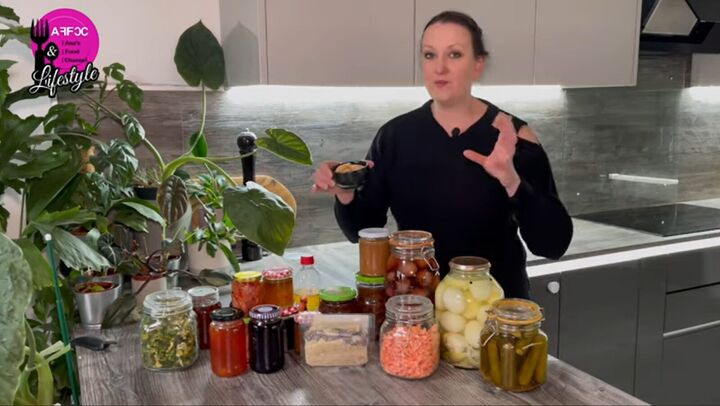








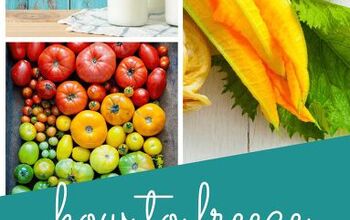
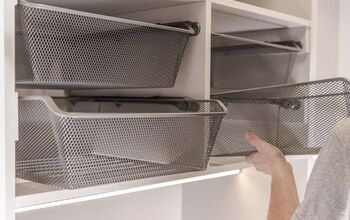
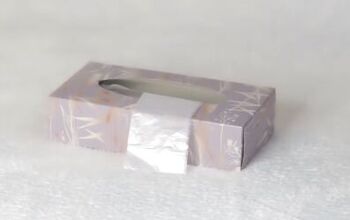






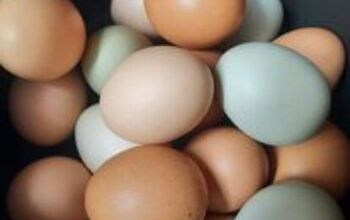

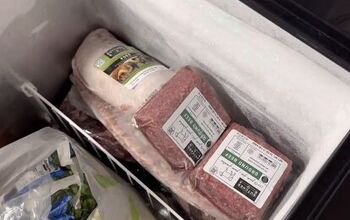


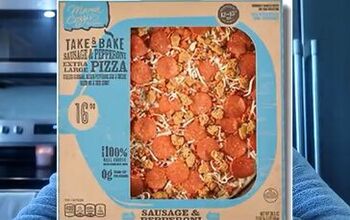

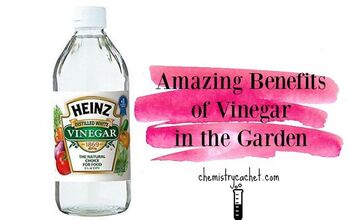

Comments
Join the conversation
What impending food shortages? Your articles seem to be alluding to an impending crisis you haven't mentioned. Why is that? Why fear monger?